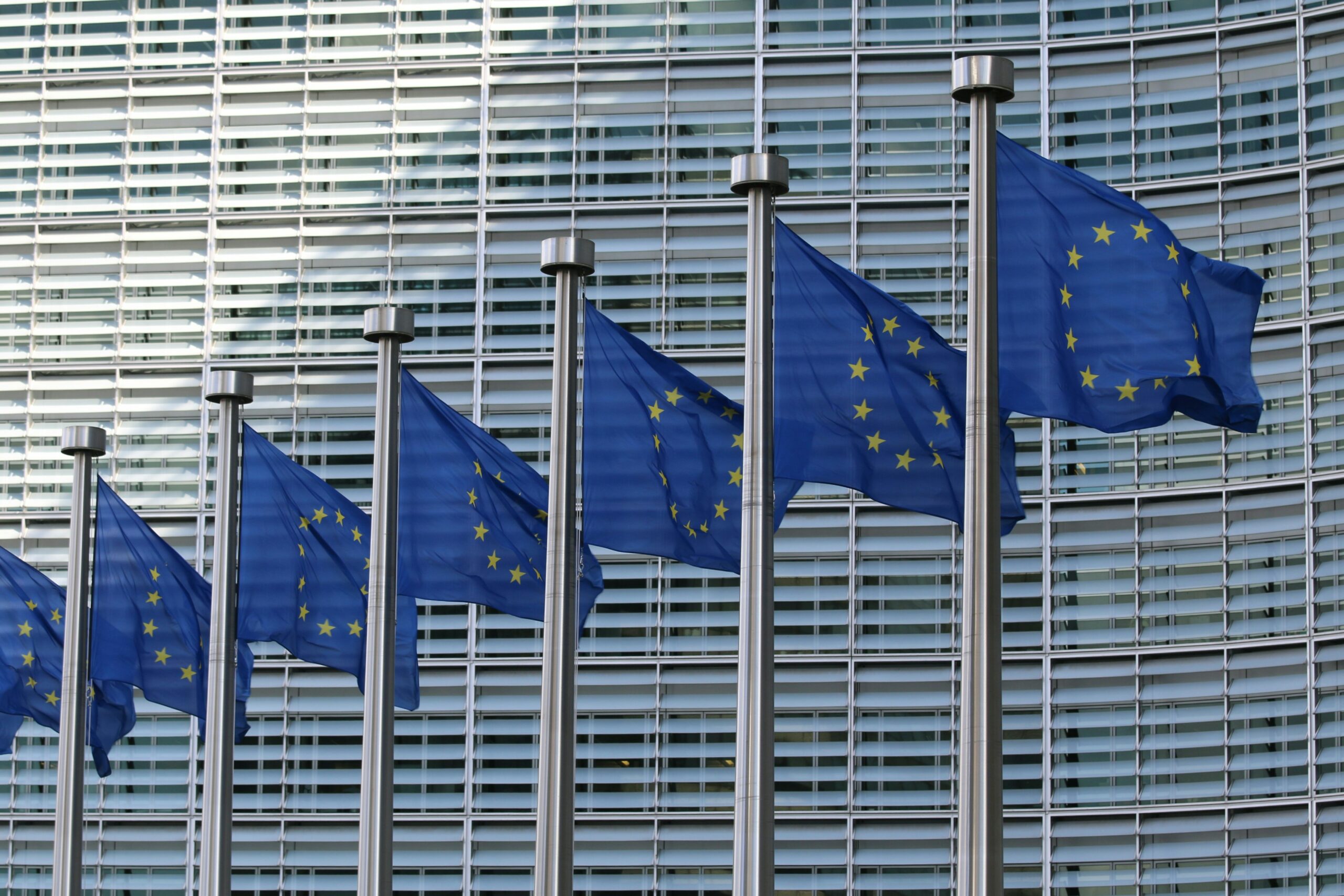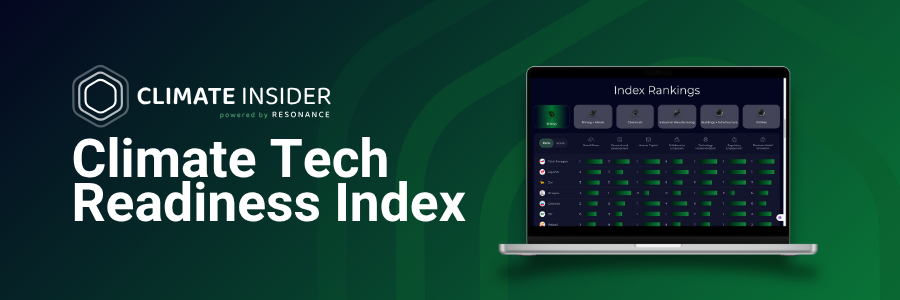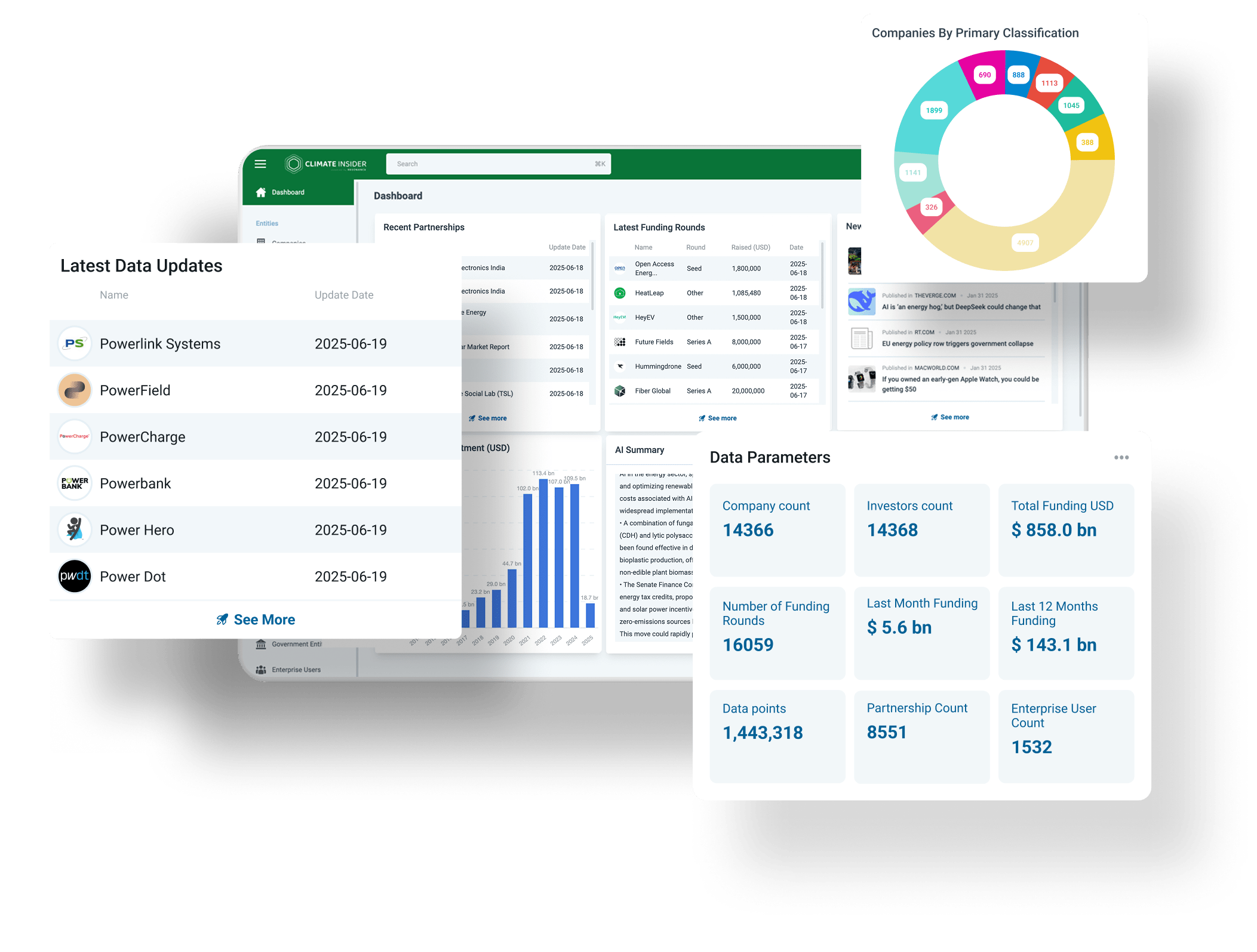Challenges to decarbonizing Europe’s industrial sector exist, but solutions are at hand, participants at the 2025 Clean Tech Conference: Advancing Europe’s Clean Industrial Transformation in Brussels on April 8 learned.
The discussion ranged from competing with China’s low-cost, advanced technology products to navigating a new global reality outside of U.S. involvement, to bridging the challenges in creating first-of-its-kind technologies and bringing them to market.
Europe’s Competitive Strengths in Clean Tech and Renewable Energy
The EU is in a better shape than it realizes, Laura Cozzi, the International Energy Agency’s Director of Sustainability, Technology, and Outlooks said.
While the EU certainly cannot compete with China in solar PV panel production, it is leading in other sectors, including patents for clean tech technologies, she said.

Europe also created over “half a million” clean tech jobs since 2019 – with 1 in 20 jobs now in the cleantech sector, she said.
And while the EU can’t directly compete with China on solar, the economic bloc has built 65 gigawatts of solar, with significant wind.
“In one year, we avoided using 20 bcm of natural gas,” she said, pointing out that is the equivalent of what Nordstream would have delivered to EU markets.
The EU has significant competitive advantage in electricity grid technology, and its battery construction pipeline is in a good position, she added.
The bloc is even in a good position in regard to batteries, she said.
Regulatory Barriers Slowing Cleantech Growth in the EU
High on the list of concerns was whether EU policy has been effective enough to allow cleantech companies to develop and flourish.
For Francois Gaudet, who leads the European Investment Bank’s Thematic Impact Finance Operations, the lack of clear market regulations is the single most significant barrier for scaling up climate tech.
“Regulation has a key role to play,” Gaudet said. Emerging technologies will struggle to secure funding from venture capital firms, and commercial banks will hesitate to fund scaling of technologies, without a clear set of objectives set by policymakers.
The Need for Stable Policies to Support Industrial Decarbonization
“Policy and a regulatory framework that allows market formation is what is key for scaling of cleantech,” he said.
The EU also needs to stick with its strategies and not constantly change regulations, participants said.
“I just spent the last two weeks in Asia,” William Todts, executive director of think tank Transport &Energy.
“If the Chinese take EU regulations so seriously, perhaps we should as well.”
He also called for the EU to ensure that state aid guidelines align with the objectives of EU legislation.
“We have the Clean Industrial deal – and we also have state aid guidelines that are not making big changes…[we need] state aid policy to support cleantech manufacturing in a predictable manner, in the same way [the U.S.’] Inflation Reduction Act has done.”
Securing Public Support for Decarbonization and Industrial Transformation
Securing public support for industrial decarbonization projects was also top of mind for conference speakers.
Decarbonization is much more than cutting emissions, Director General for Climate Action Kurt Vandenberghe said.
“It’s about modernizing the economy and industry to make it fit for the future.”
He called on companies to work on developing the “right courtship” between the public and private sectors.
“The situation today is that we are still importing from China and we still have a cost gap,” Cozzi said.
“But in 2030 the EU is nearly going to be self-sufficient, and with new battery chemistry we can close 40% of the gap. If we include shipping costs, we’ll be close to closing the gap in the 2030s.”
U.S. Tariffs Signal a Shifting Global Economic Landscape
The specter of U.S. tariffs, announced last week by U.S. President Trump, also hung over the conference.
The announcement of the tariff regime signaled a significant shift in the global economy, European Council on Foreign Relations senior policy fellow Tobias Gehrke told the conference.
“The American consumer as the main demand driver is decreasing, both through tariffs and the probable slashing of the IRA,” he said. “Someone has to pick up the slack – and we shouldn’t fall to the idea that China will pick up the slack.”
In his view, China will not be able to play that role, because it is currently contemplating devaluing its currency.
Europe’s Chance to Lead in Demand and Industrial Decarbonization
“The European Union will need to pick up and boost demand,” he said.
Debt investment, of the kind that Germany said last week that it would pursue, could be the way that Europe becomes the demand driver, Gehrke said.
The question is whether other European economies follow Germany’s lead to allow capital increases at a big scale, and whether that capital will go towards old trains but also new cleantech, Gehrke said.
Keynote speaker Jigar Shah also urged Europe to take advantage of the U.S.’ decision to retreat from the world economy.
“When the U.S. decides that relationships [with allies] are no longer their top focus, then allies have to stand up and recognize that they never needed the U.S. at all,” Shah, who formerly led the Loans Program Office at the U.S. Department of Energy, said.
He urged the EU to take advantage of the many opportunities created by the IRA.
“We have 2000 extraordinary companies [funded by the IRA] which received money from around the world,” he said. Of those, 500 have reached product market fit and are ready for bankability, he added.
“The EU can benefit from work, and benefit from wealth creation that comes from that work,” he said.








